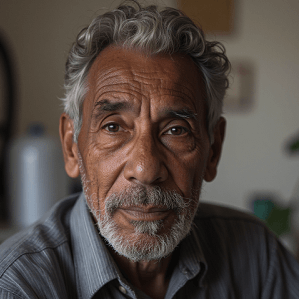A nationwide quality initiative has improved stroke treatment rates and timeliness across all racial groups in the U.S., but disparities for minority patients remain, according to a new study published in JAMA Network Open.
Researchers analyzed data on over 1 million stroke patients from 2003 to 2021, examining the impact of the Target: Stroke initiative launched in 2010. They found thrombolysis treatment rates increased substantially for all racial and ethnic groups, from 10-15% in 2003 to 43-46% in 2021. However, after adjusting for patient and hospital factors, Asian, Black and Hispanic patients still had significantly lower odds of receiving clot-busting medication compared to White patients.
“Asian, Black, and Hispanic patients had lower odds of receiving thrombolysis and longer door-to-needle times than White patients,” the study authors wrote.
Door-to-needle times, measuring how quickly patients receive treatment after hospital arrival, improved across all groups. The percentage receiving treatment within 60 minutes rose from 26-28% in 2009 to 66-72% in 2021. But racial disparities persisted in treatment speed as well.
Clinical outcomes improved for all racial and ethnic groups over the study period. However, the persistent gaps in care highlight ongoing challenges in achieving equitable stroke treatment.
The findings underscore the need for targeted interventions to address racial and ethnic disparities in stroke care, even as overall treatment rates improve nationwide.
See “Quality initiative improves thrombolysis frequency, timeliness” (February 12, 2024)



